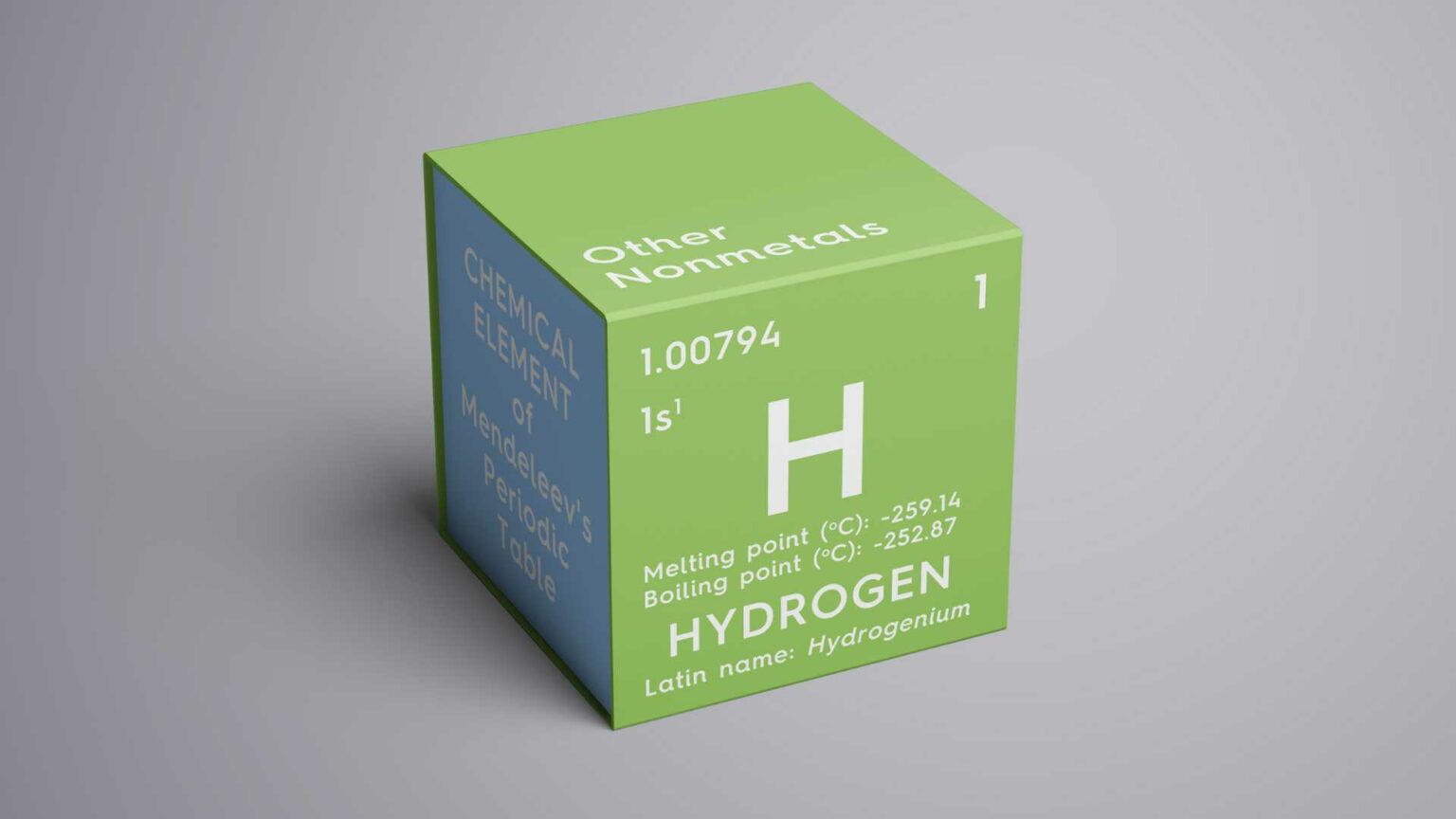In the quest for a sustainable and decarbonized future, Switzerland finds itself at a crossroads regarding its approach to green hydrogen. While Swiss companies are actively engaging in projects to harness the potential of this versatile energy carrier, the lack of a national hydrogen strategy raises concerns about the country’s position in a Europe increasingly dependent on renewable hydrogen for emissions reduction in industries and transportation.
Engineer and researcher Steven Schenk from the Swiss Federal Institute of Technology in Lausanne (EPFL) describes green hydrogen as the “Swiss army knife of decarbonization.” This powerful metaphor captures the essence of hydrogen’s capability to generate, transport, or store energy—an eco-friendly substitute for traditional fossil fuels.
Schenk is actively involved in advancing electrolysis systems, devices that use electricity to produce hydrogen from water. His work aims to enhance efficiency and cost-effectiveness, propelling Switzerland into a leadership position in renewable hydrogen technology.
Swiss initiatives in the realm of renewable hydrogen are gaining momentum. The inauguration of a green hydrogen production plant at the Schiffenen hydroelectric power station by the Freiburg energy company Groupe E signifies a significant stride in Switzerland’s energy transition. This facility marks the fourth of its kind operational in the country.
Beyond its borders, Swiss companies are making their mark. ABB, a leading energy and electrical engineering group, is actively involved in a groundbreaking renewable hydrogen project in Sweden. Simultaneously, Stadler Rail has secured a contract to supply hydrogen-powered trains to California, adding to its portfolio that includes plans for trains in Italy.
Despite Switzerland’s reputation for innovation, the absence of a national hydrogen strategy poses risks. The country’s failure to align with European efforts in hydrogen transport due to a lack of an energy agreement with the European Union could result in isolation from crucial developments.
As the world gears up for COP28 (November 30, 2023, to December 12, 2023, in Dubai), hydrogen takes center stage. Being a carbon-neutral fuel, hydrogen’s potential to store renewable energy positions it as a key player in addressing climate challenges. This article is part of a series exploring the intricate possibilities and limitations of hydrogen, emphasizing the pivotal role of science and industry in shaping the green fuel of the future.
While hydrogen presents itself as an environmentally friendly energy source, the predominant gray hydrogen—derived from fossil sources—raises environmental concerns. Over 90% of globally consumed hydrogen originates from fossil sources, contributing to carbon emissions during production.
However, the tide is turning as the cost of producing green hydrogen witnesses a significant decline. Alessandra Motz, a researcher at the Observatory for Public Finance and Energy at the University of Italian-speaking Switzerland in Lugano, notes that the costs have reached an acceptable level, sparking widespread interest in hydrogen. The current production costs for green hydrogen in Europe range from 3 to 8 euros per kilogram, making it competitive with hydrogen derived from fossil fuels.





